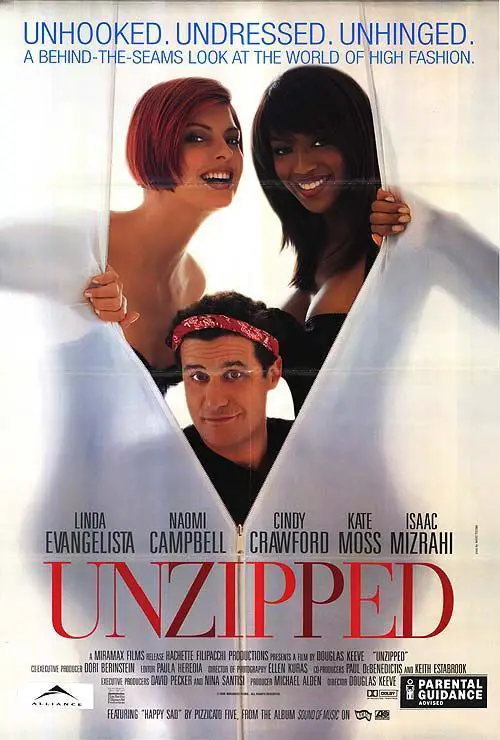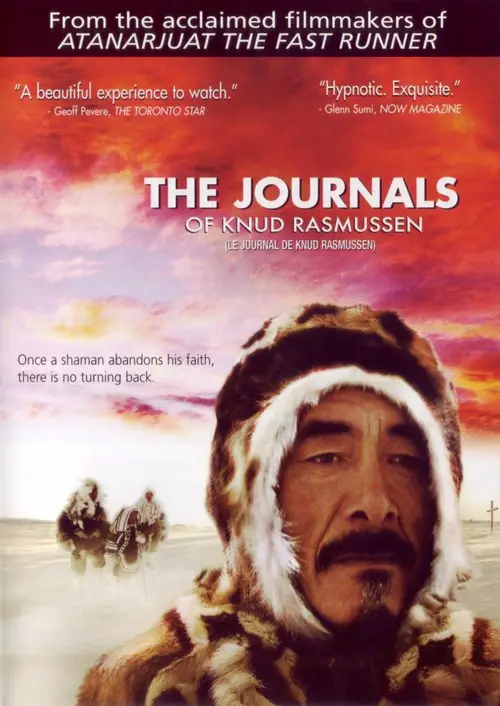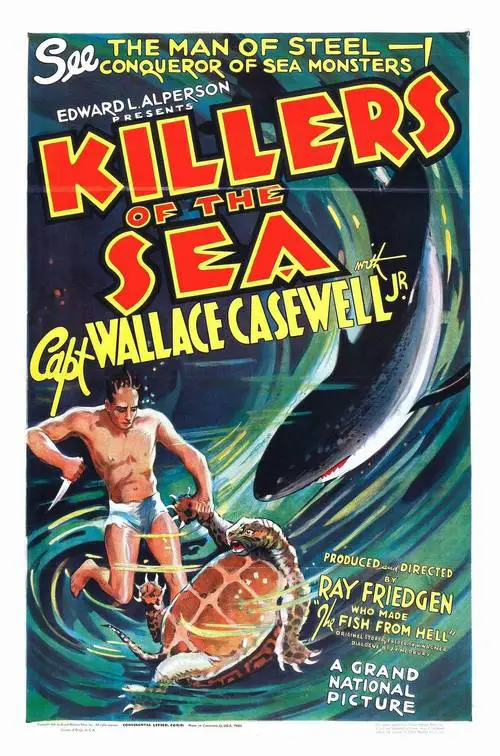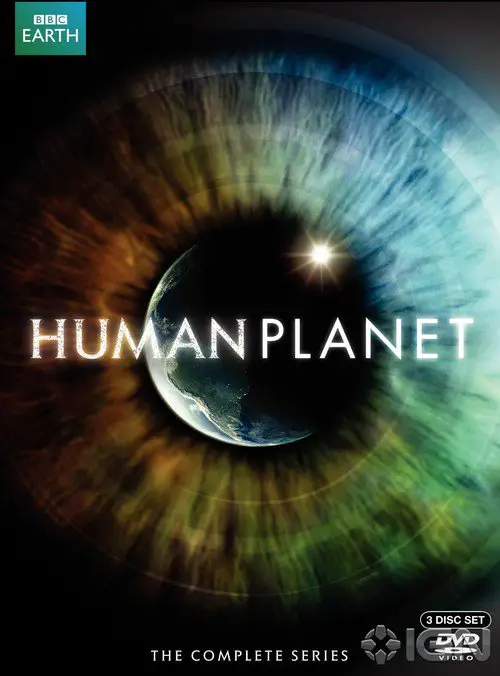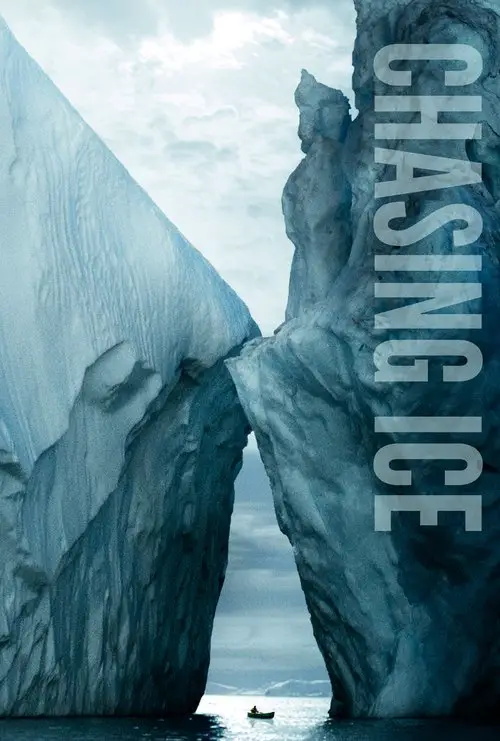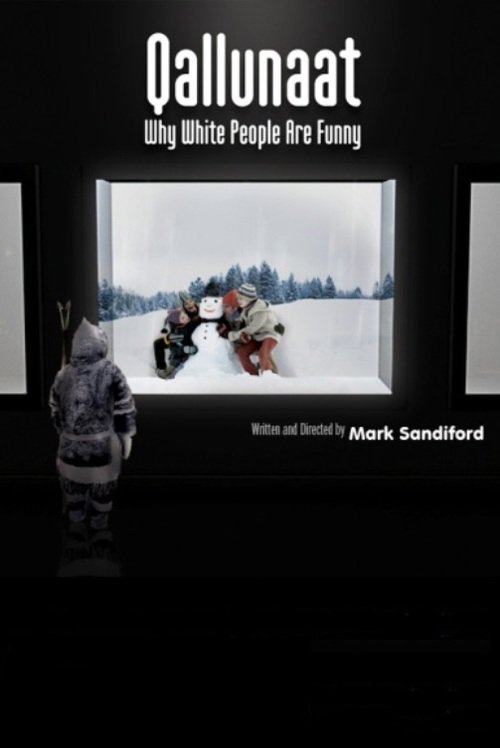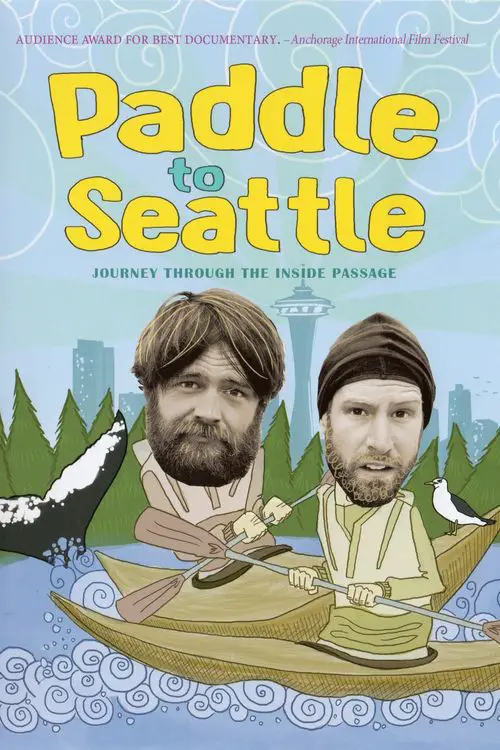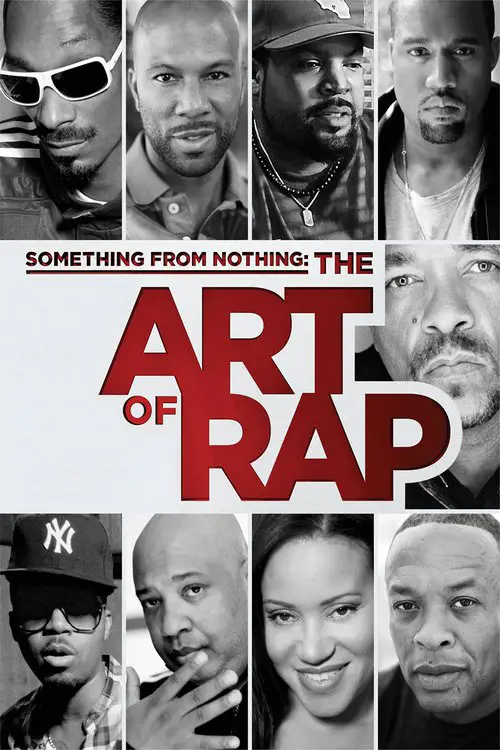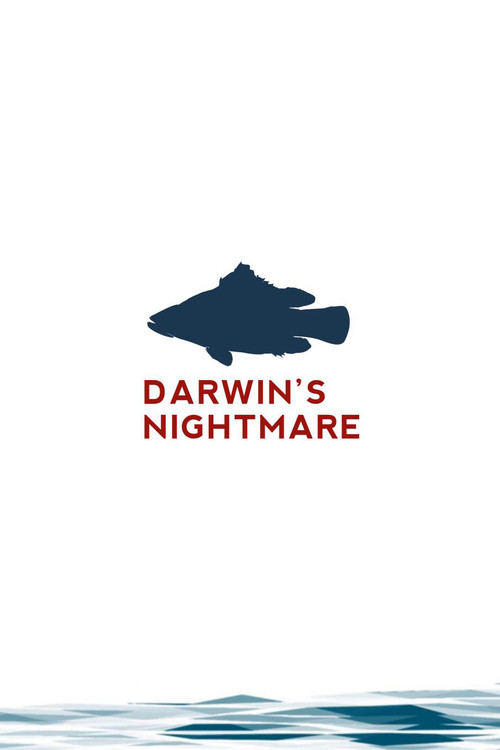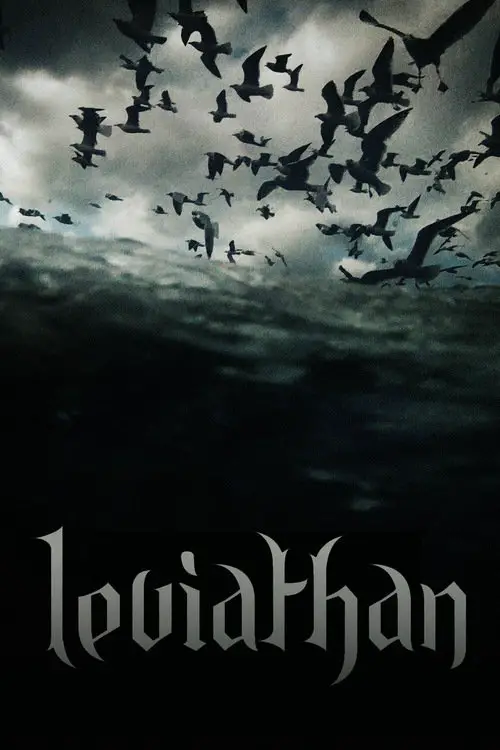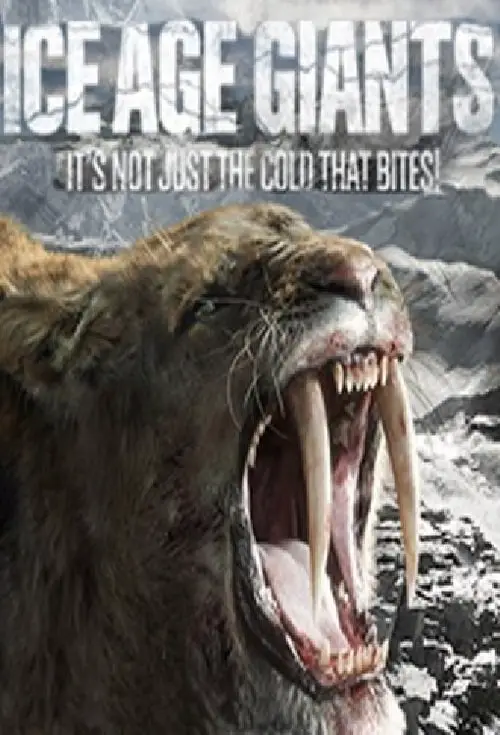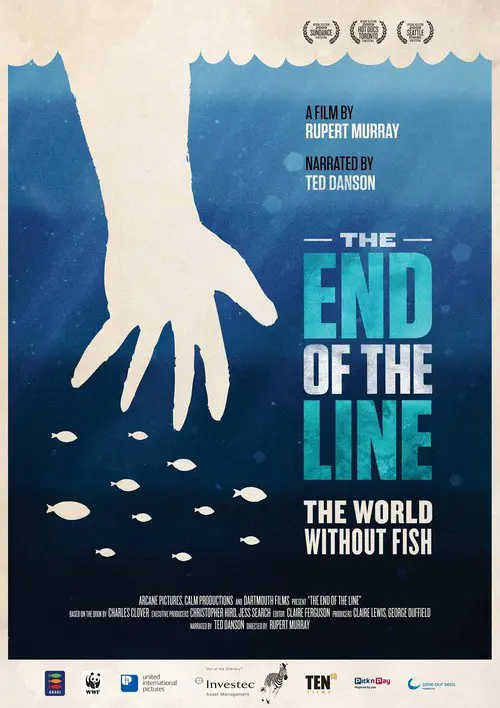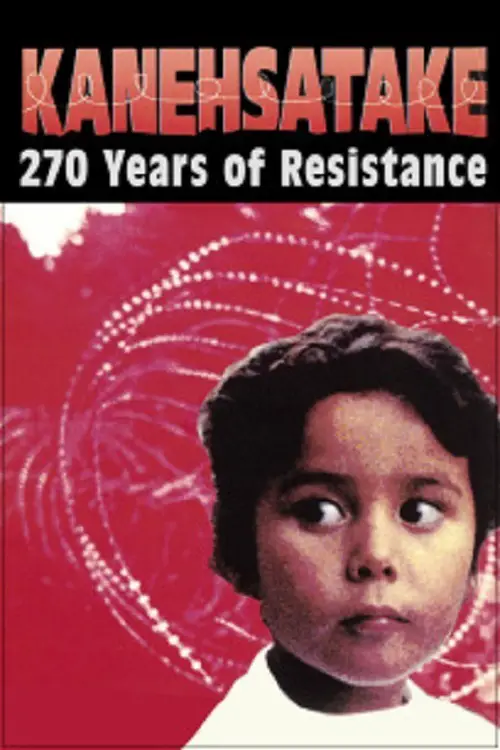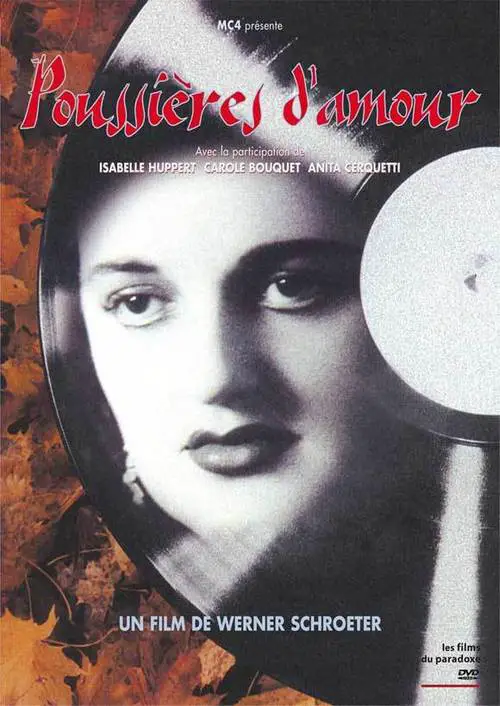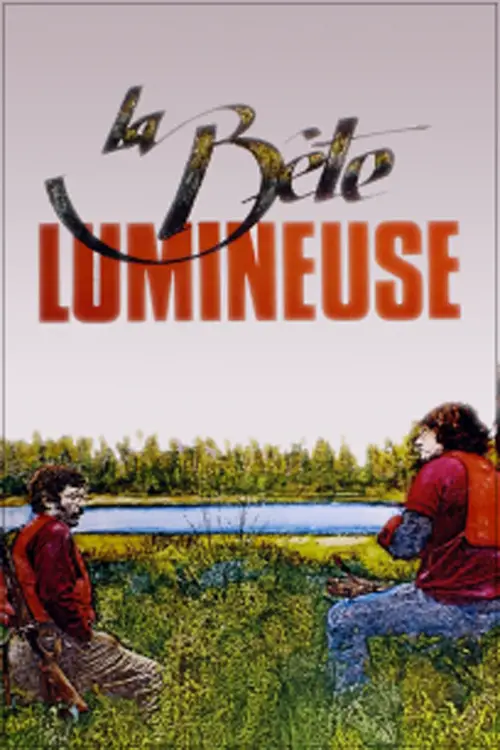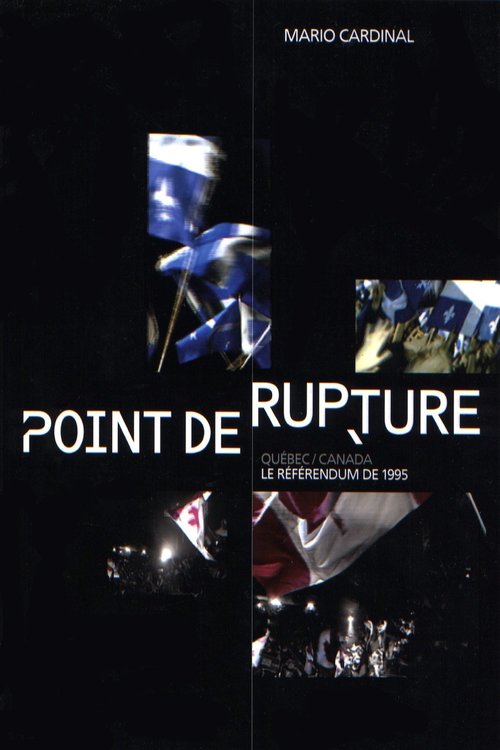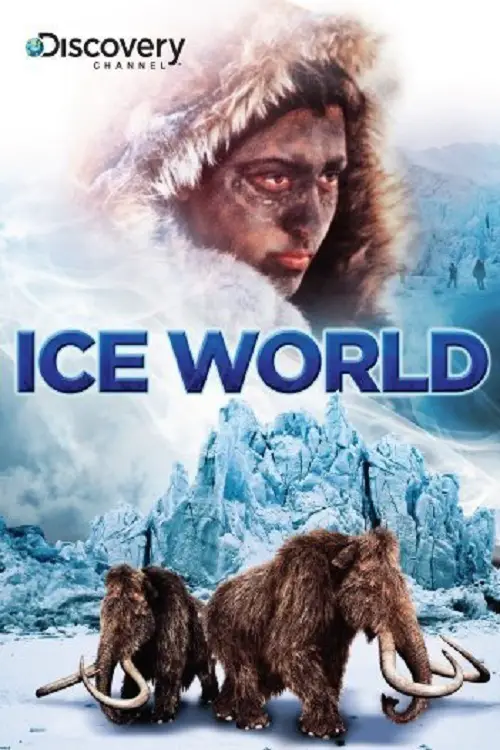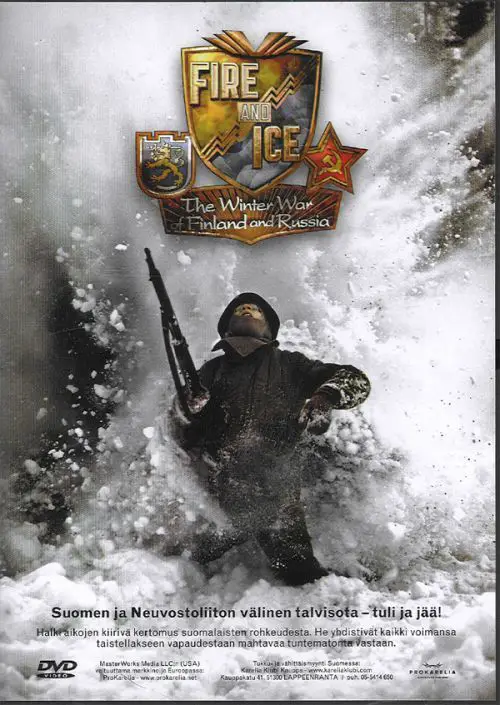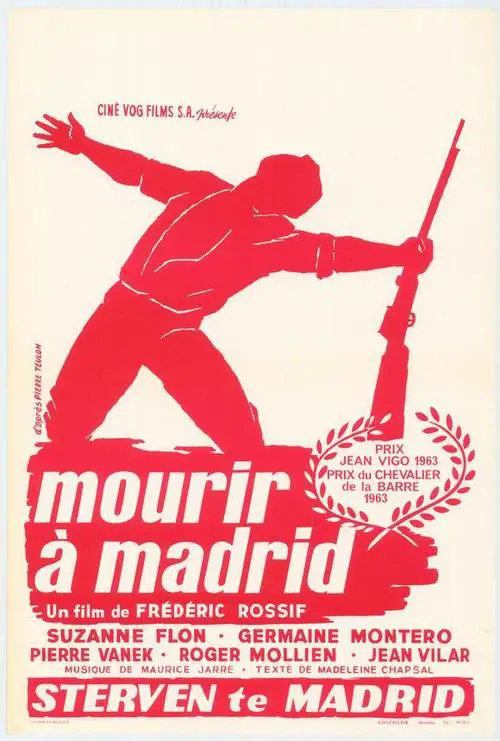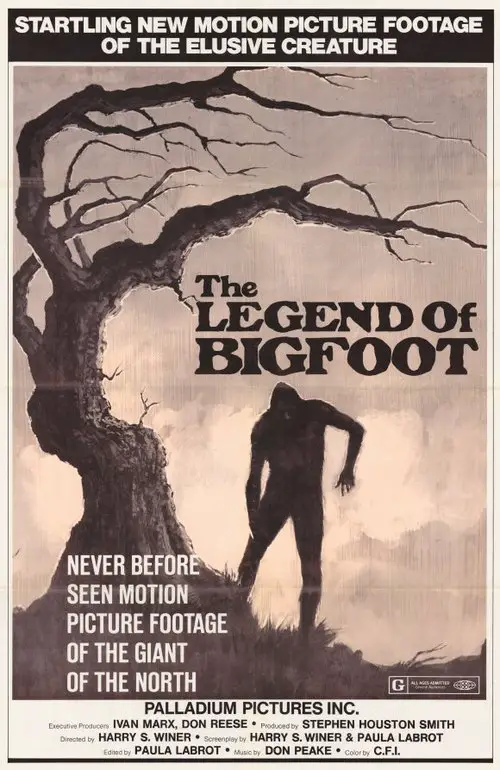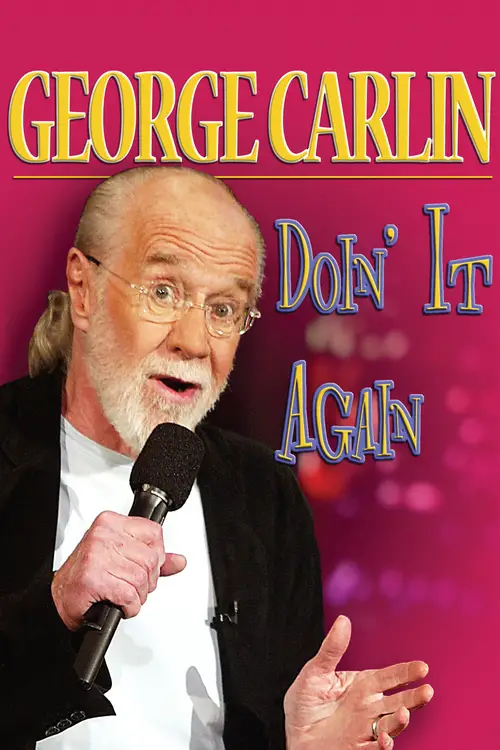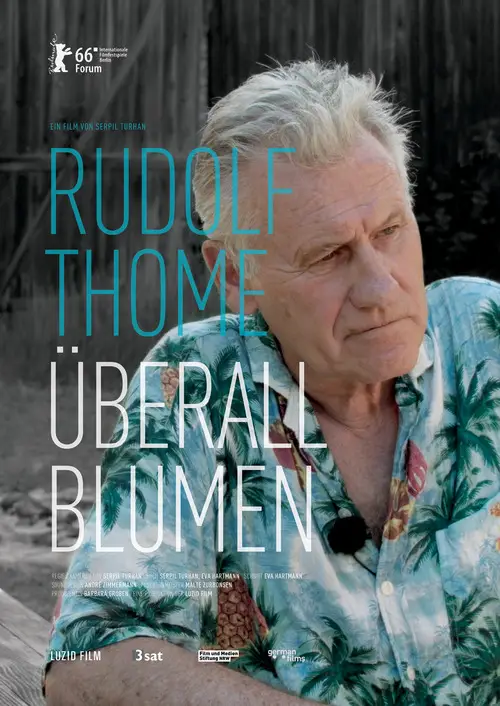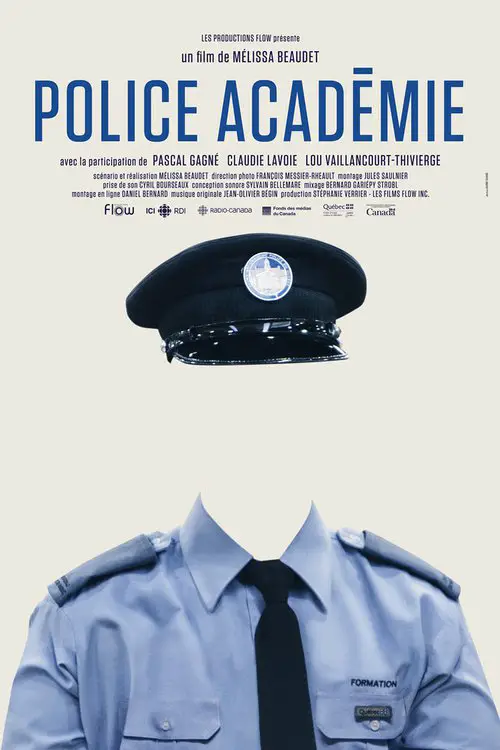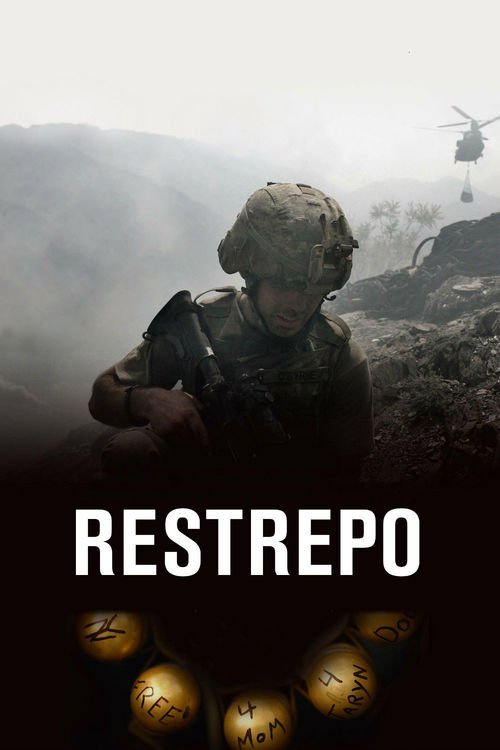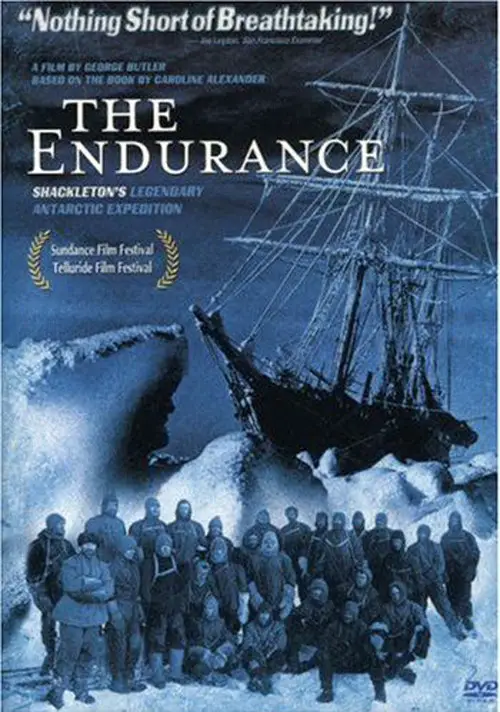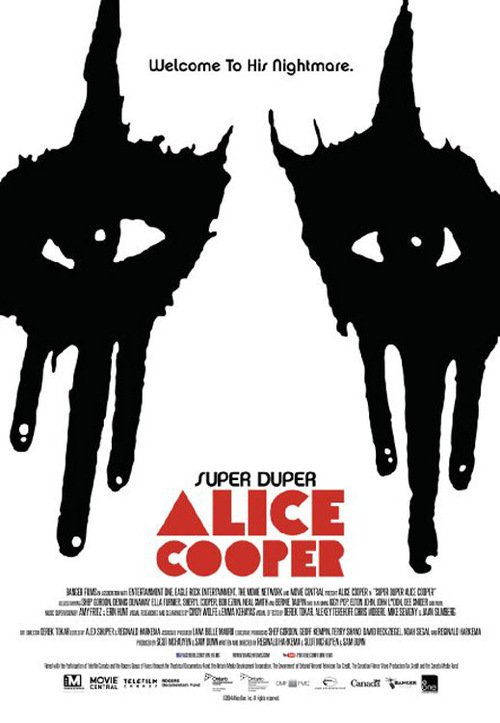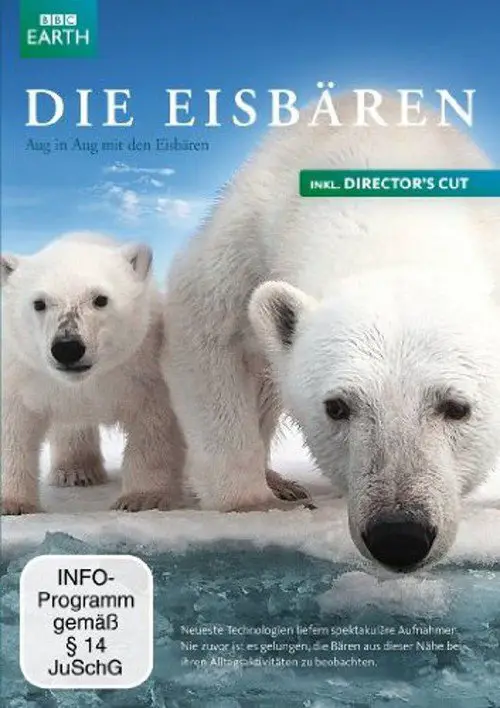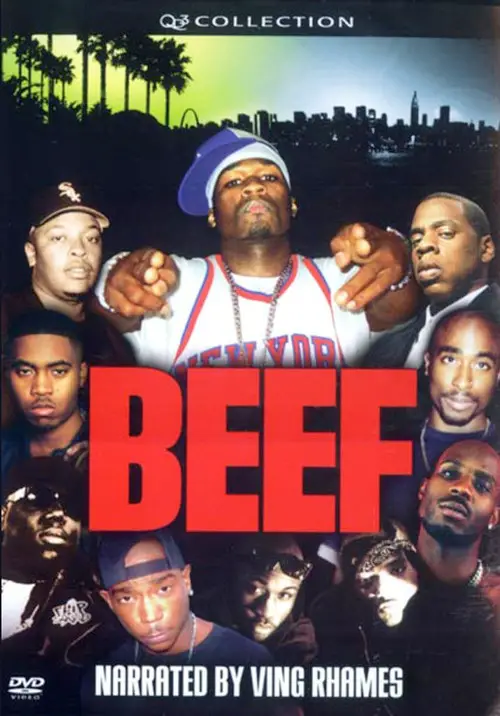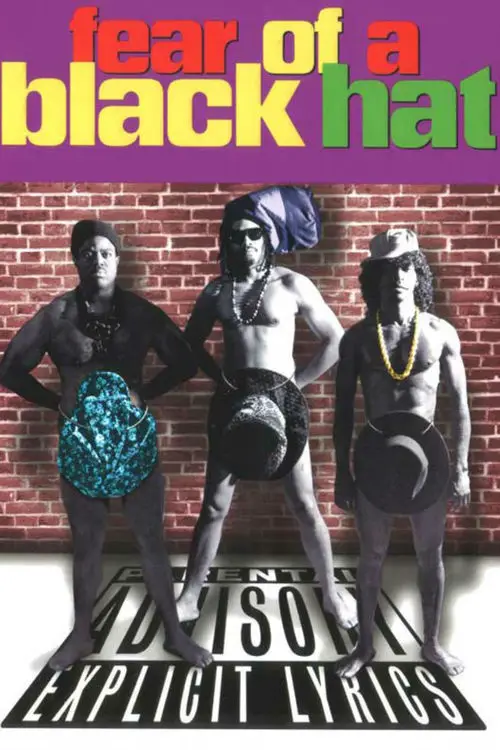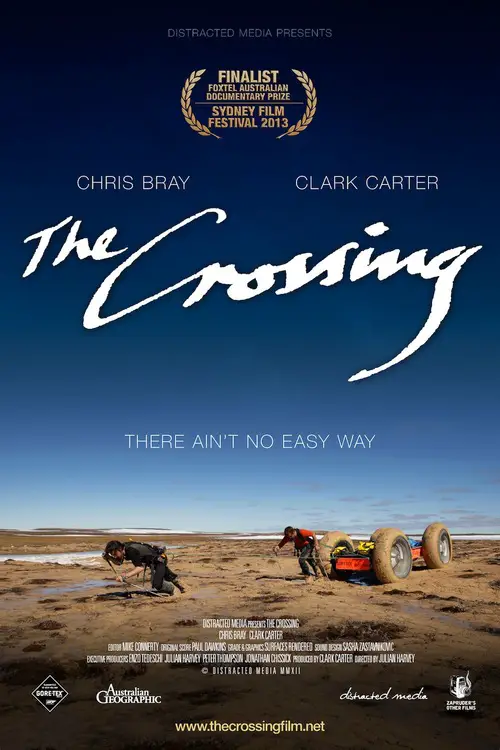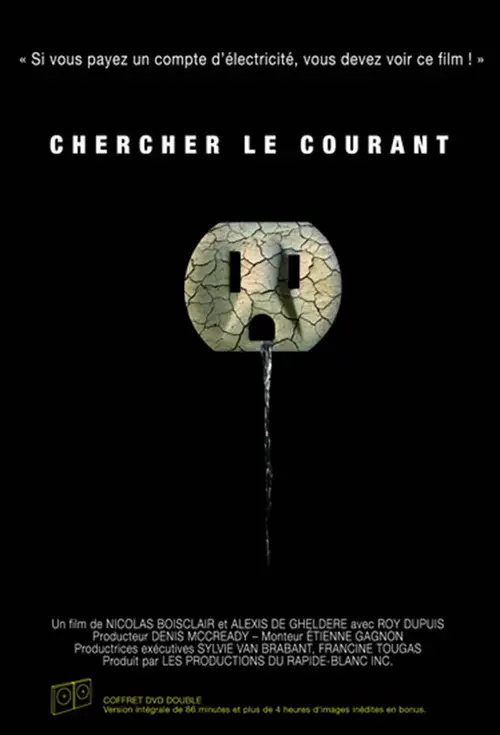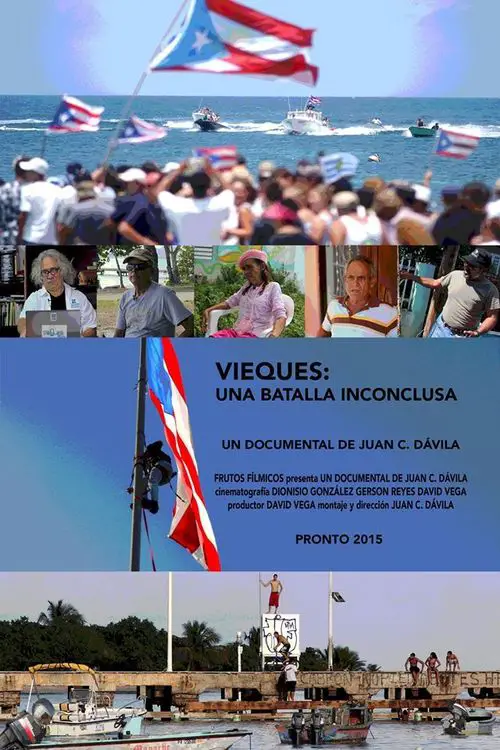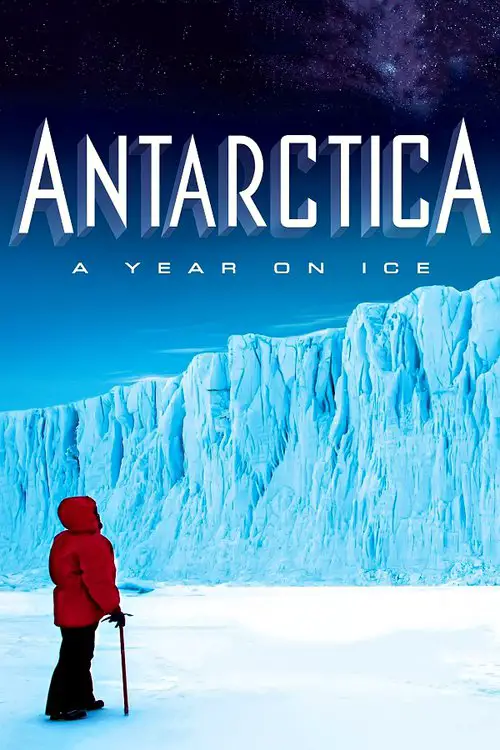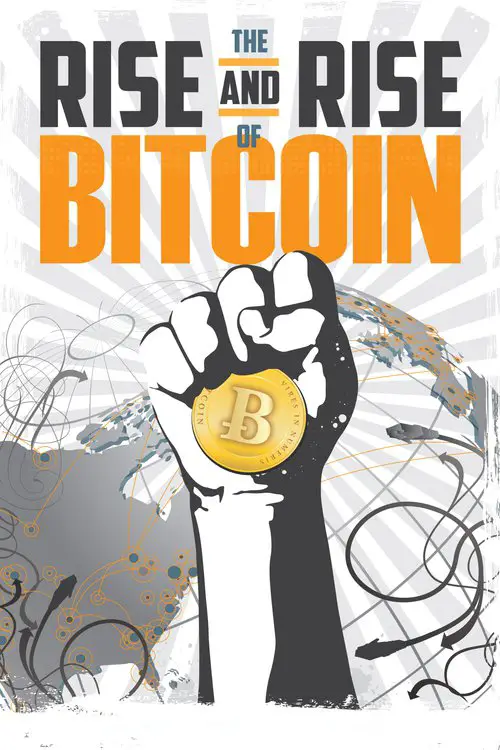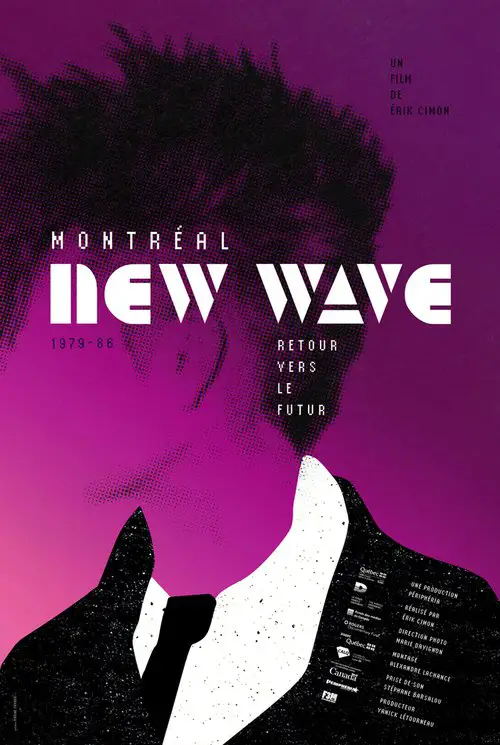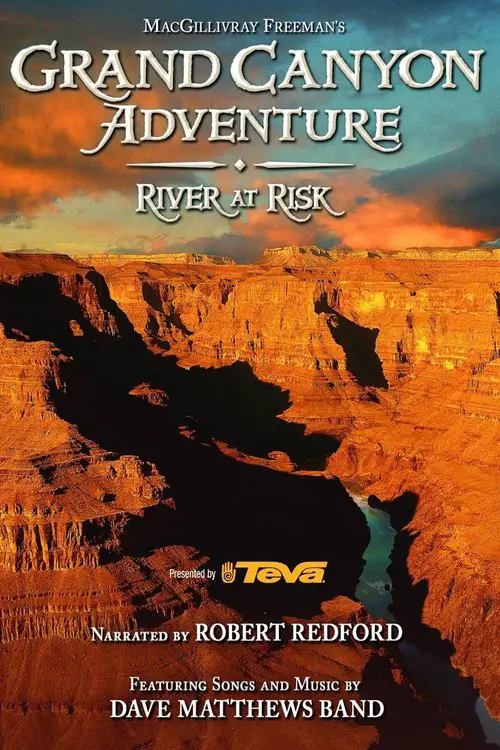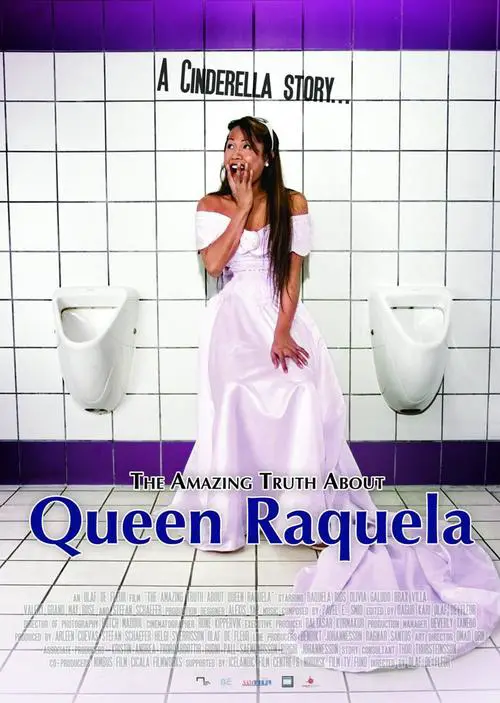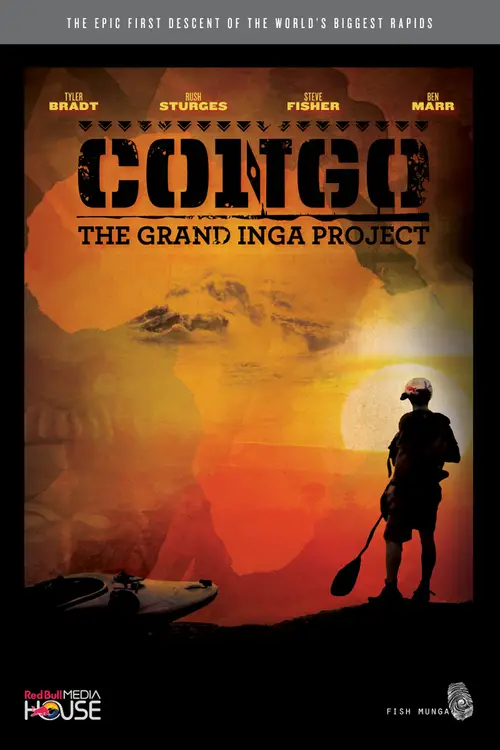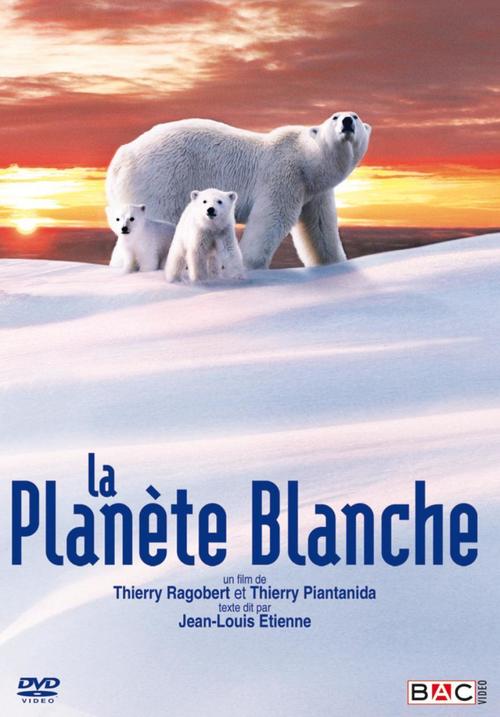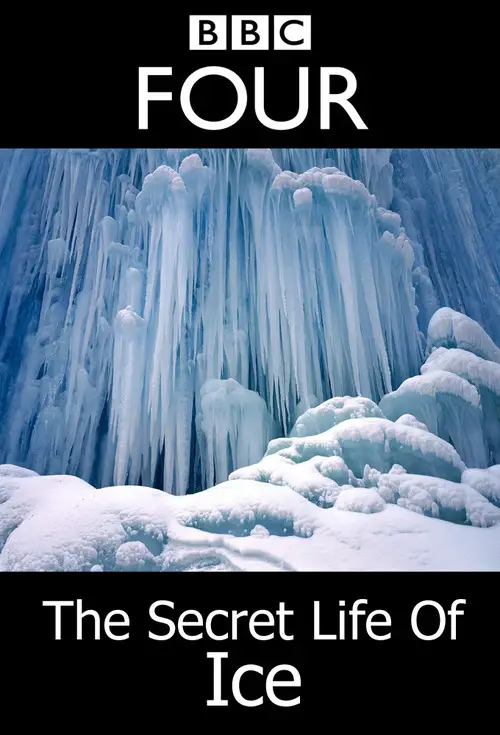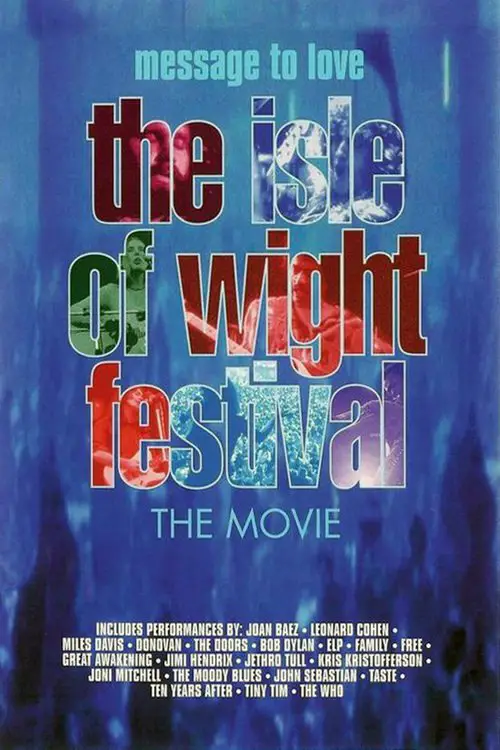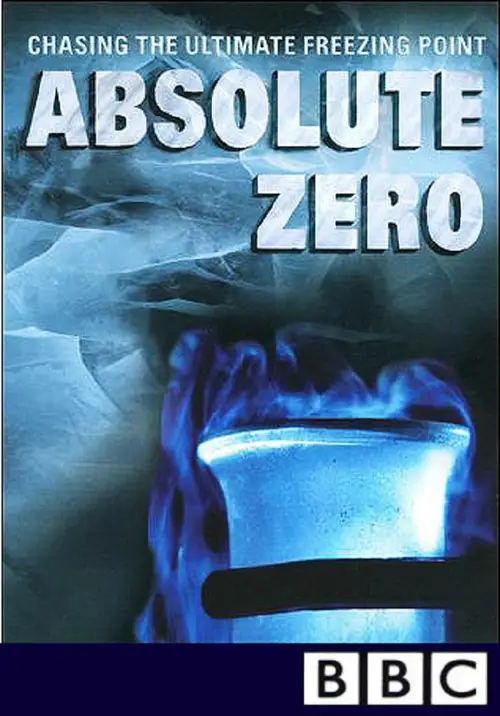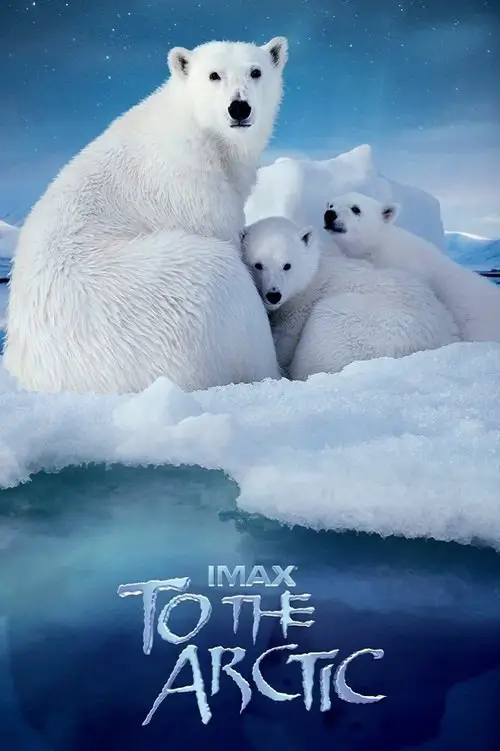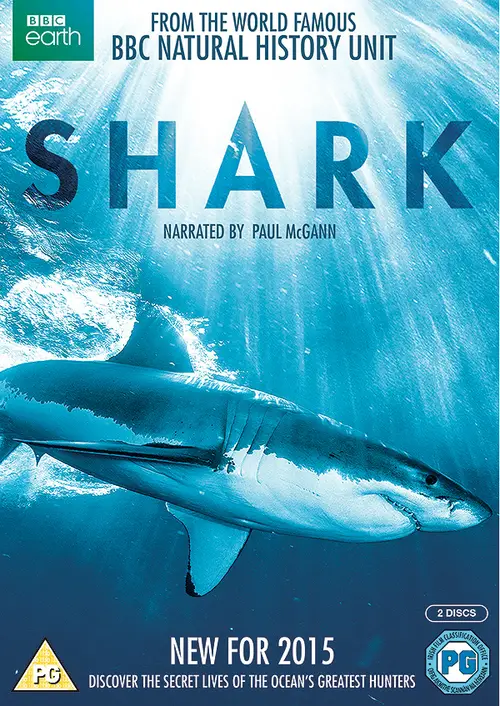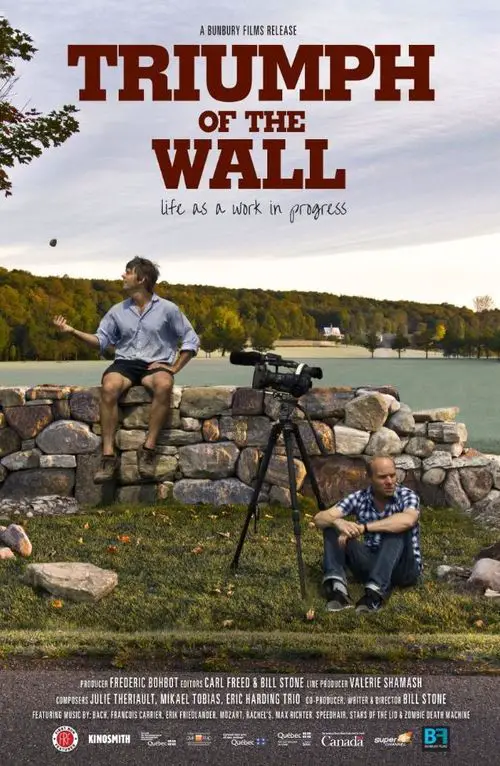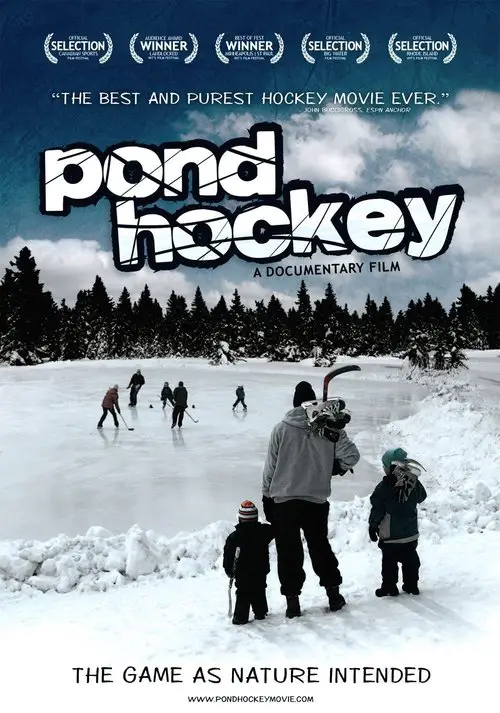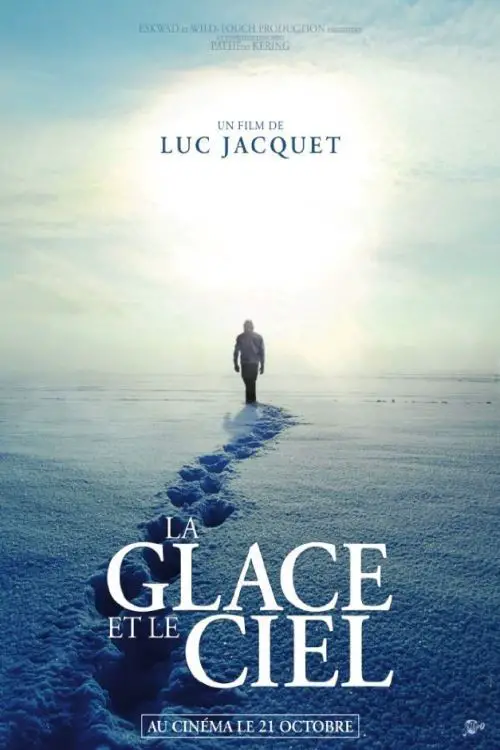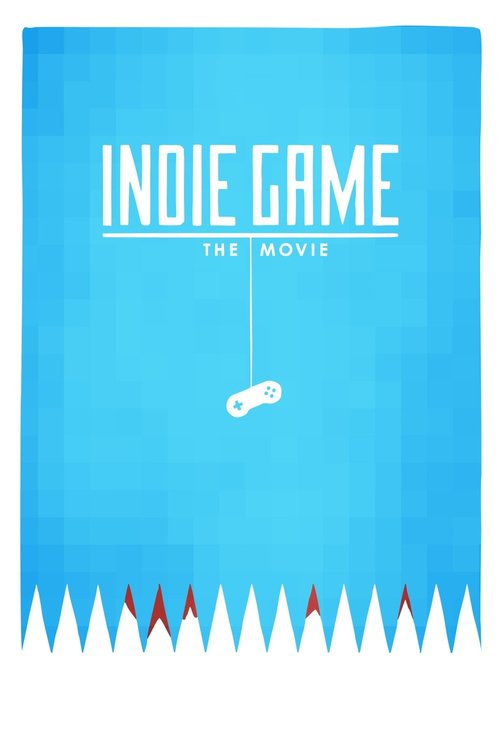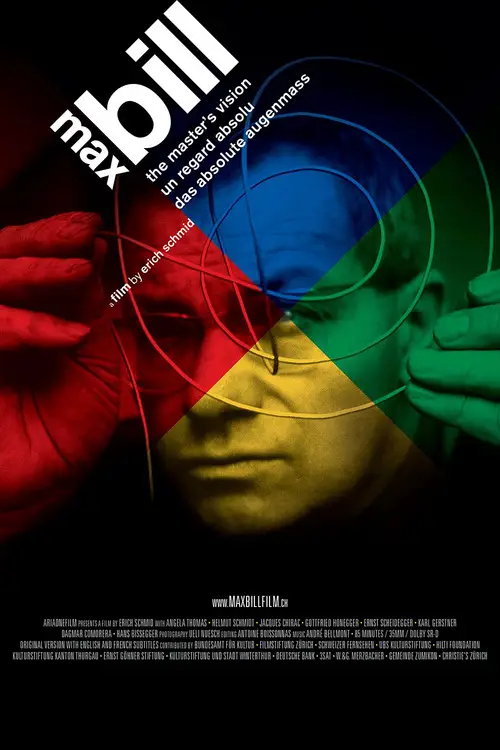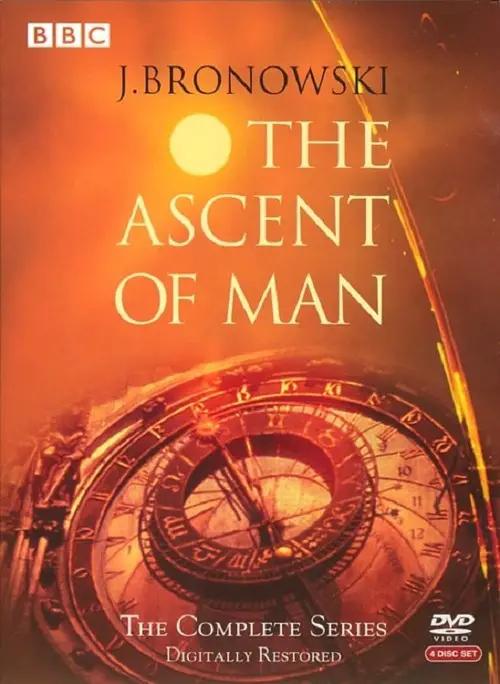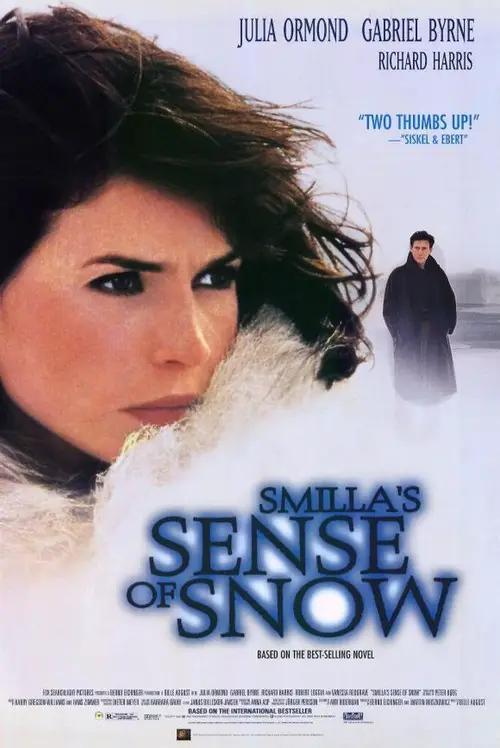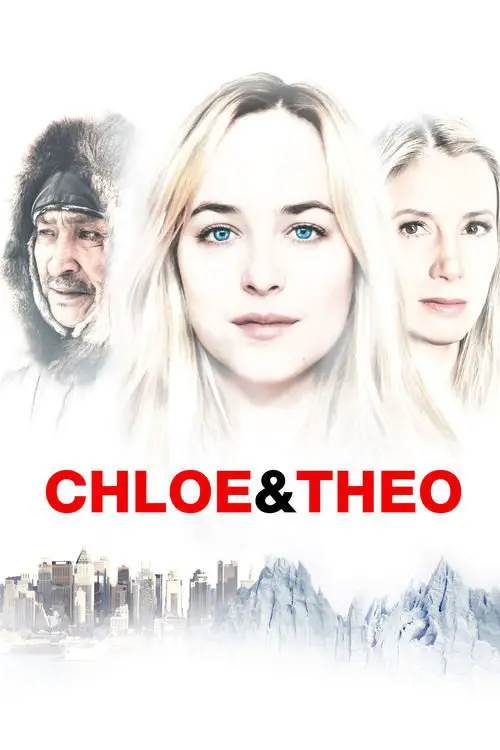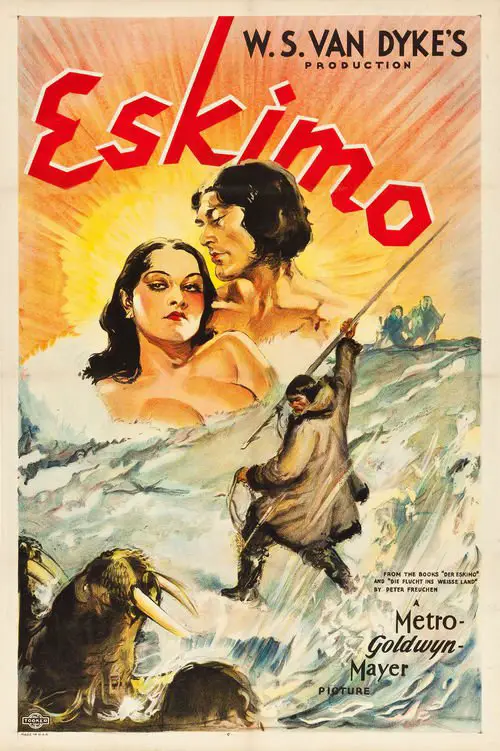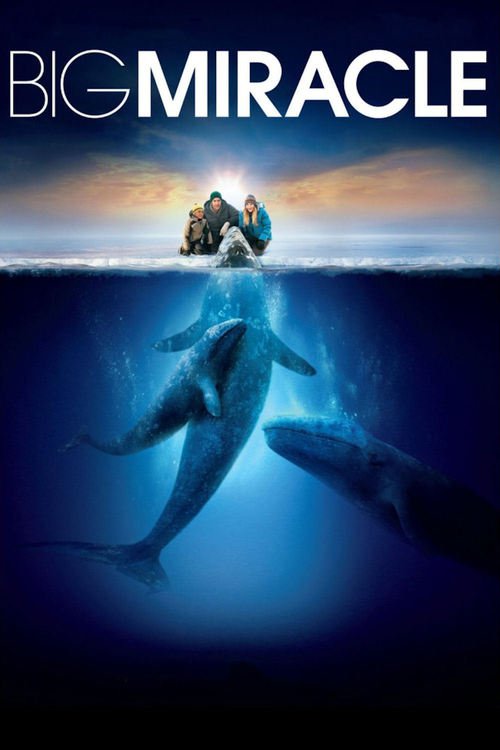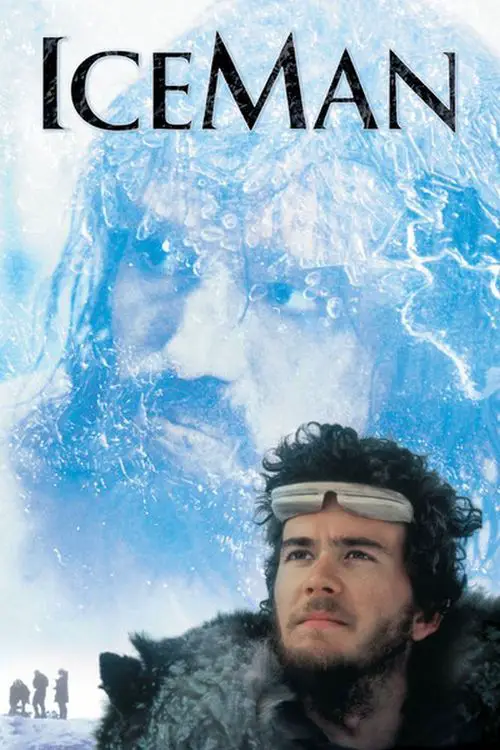Nanook of the North (1922)

Similar movies
Using a variety of cinematographic techniques, the world of high- profile fashion designer Issac Mizrahi is portrayed as being driven by excitement and creativity, despite the concomitant chaos and cacophony. Mizrahi's frenzied genius and rollercoaster emotions paint a humorous and personal portrait of a brilliant designer. Famous "SuperModels", actors, and actresses populate Issac's rarified world, but Douglas Keeve's cameras capture the stress and turbulence beneath the placid coolness of glamour. Written by Tad Dibbern
Based on the journal of Knud Rasmussen's "Great Sled Journey" of 1922 across arctic Canada. The film is shot from the perspective of the Inuit, showing their traditional beliefs and lifestyle. It tells the story of the last great Inuit shaman and his beautiful and headstrong daughter; the shaman must decide whether to accept the Christian religion that is converting the Inuit across Greenland.
Captain Wallace Casewell Jr., chief of police of Panama City, Florida, is the star of Killers of the Sea. Appointing himself protector of all Gulf of Mexico gamefish, Capt. Casewell makes it his mission to round up illegal fishing boats and to stave off such natural predators as sharks, whales and octopi. This may well be the only American film in which a school of dolphins are depicted as "the enemy." Beyond its rather ludicrous continuity, the film offers several spectacular underwater scenes, as Casewell battles invading sea life with knife and harpoon. This 49-minute documentary was narrated by Lowell Thomas.
Human Planet is an 8-part British television documentary series produced by the BBC with co-production from Discovery and BBC Worldwide. It describes the human species and its relationship with the natural world by showing the remarkable ways humans have adapted to life in every environment on Earth. Each episode takes you to the extremes of our planet: the arctic, mountains, oceans, jungles, grasslands, deserts, rivers and even the urban jungle. Here you will meet people who survive by building complex, exciting and often mutually beneficial relationships with their animal neighbours and the hostile elements of the natural world.
When National Geographic photographer James Balog asked, âHow can one take a picture of climate change?â his attention was immediately drawn to ice. Soon he was asked to do a cover story on glaciers that became the most popular and well-read piece in the magazine during the last five years. But for Balog, that story marked the beginning of a much larger and longer-term project that would reach epic proportions.
Qallunaat! Why White People are Funny is an irreverent look at Western Civilization through Inuit eyes. Inspired by the satirical essays of Zebedee Nungak, the film turns the tables on generations of anthropologists, teachers, adventurers and administrators who went North to pursue their Arctic Dreams. Now itâs their turn to be poked, prodded, examined and explained. A new generation of Inuit is ready to take on the Qalllunaat at their own game. Grounded in their own traditions but educated in the South, they have a unique perspective on the culture that has come to dominate the planet. And they are not afraid to speak their minds.
SOMETHING FROM NOTHING: THE ART OF RAP is a feature length performance documentary about the runaway juggernaut that is Rap music. At the wheel of this unstoppable beast is the film's director and interviewer Ice-T. Taking us on a deeply personal journey Ice-T uncovers how this music of the street has grown to dominate the world. Along the way Ice-T meets a whole spectrum of Hip-Hop talent, from founders, to new faces, to the global superstars like Eminem, Dr Dre, Snoop Dogg and Kanye West. He exposes the roots and history of Rap and then, through meeting many of its most famous protagonists, studies the living mechanism of the music to reveal 'The Art Of Rap'. This extraordinary film features unique performances from the entire cast, without resorting to archive material, to build a fresh and surprising take on the phenomenon that is Rap.
Professor Alice Roberts journeys 40,000 years back in time on the trail of the great beasts of the Ice Age in this BBC documentary miniseries. It begins in the land of the sabre-tooth; North America, a continent that was half covered by ice. Alice traces the movements of Ice Age beasts like bear-sized sloths, vast mammoths and the strange beast known as the glyptodon. These leviathans were stalked by the meanest big cat that ever: Smilodon fatalis. In the Land of the Cave Bear, Alice ventures to the parts of the northern hemisphere, hit hardest by the cold. High in the mountains of Transylvania, a cave sealed for thousands of years reveals grisly evidence for a fight to the death between two staving giants, a cave bear and a cave lion. Yet Alice discovers that for woolly rhinos and woolly mammoths, the Ice Age created a bounty. In the final installment, Alice sets off on her last voyage back to the Ice Age to discover why the giants of the age went extinct.
Imagine an ocean without fish. Imagine your meals without seafood. Imagine the global consequences. This is the future if we do not stop, think and act.In the film we see firsthand the effects of our global love affair with fish as food.It examines the imminent extinction of bluefin tuna, brought on by increasing western demand for sushi; the impact on marine life resulting in huge overpopulation of jellyfish; and the profound implications of a future world with no fish that would bring certain mass starvation.Filmed over two years, The End of the Line follows the investigative reporter Charles Clover as he confronts politicians and celebrity restaurateurs, who exhibit little regard for the damage they are doing to the oceans.Filmed across the world â from the Straits of Gibraltar to the coasts of Senegal and Alaska to the Tokyo fish market â featuring top scientists, indigenous fishermen and fisheries enforcement officials, The End of the Line is a wake-up call to the world.
German director Werner Schroeter invited his favourite opera singers to a 13th century abbey near Paris. LOVES DEBRIS didnt have, and couldn't have had, any pre-planned action. There was no script, no continuity. On the other hand, there were precise constraints that provided the rules of the game: the setting, the Abbey of Royaumont, and the chosen participants. Each singer came accompanied by a person of his or her choice, and worked on an aria chosen by the director. And there was ELISABETH COOPER, a "one-woman orchestra", who transposed and played the scores on the piano and organ.
Ice World is a Discovery Channel documentary concerning three people living 24,000 years ago in England during the last ice age. They live very much like plains Indians, with tee pees, buckskin clothing and long hair. Aki and Mora are a couple with a child on the way. Brom is their tribal chief. As the ice cap advances they flee southeast towards warmer weather. At that time there was no English channel and they walked to France and over several months on to present day Czechoslovakia. This is a fictional account of how people might have coped back then. The scenes of our three twenty-somethings trying to find another tribe to join up with are intermingled with discussions by archaeologists lecturing about cave paintings and findings that correlate with the basic story.
Morir en Madrid brings together several papers on the Spanish Civil War and integrates capturing different points of view, intended to represent the continuity of the suffering of the Spanish during the Franco regime. The death of Federico Garcia Lorca, Guernica, the defense of Madrid, the International Brigades, are some of the items comprised in this document.
Rudolf Thomeâs idiosyncratic oeuvre was created with a continuity rare in German cinema â he has directed 28 feature-length films over more than four decades since 1968. The writing of the script for film no. 29 and the parallel efforts to secure financing form the thread that runs through this cinematic portrait, which consists wholly of conversations and observations around Thomeâs home, a converted farm in Brandenburg. The filmmaker is nothing if not forthcoming, and the viewer has the opportunity to experience him in various other roles: as a gardener, a father, a cyclist, and a performer of his own persona.
Documentary on the Shackleton Antartic expedition. A retelling of Sir Ernest Shackleton's ill-fated expedition to Antarctica in and the crew of his vessel 'The Endurance', which was trapped in the ice floes and frigid open ocean of the Antarctic in 1914. Shackleton decided, with many of his crew injured and weak from exposure and starvation, to take a team of his fittest men and attempt to find help. Setting out in appalling conditions with hopelessly inadequate equipment, they endured all weather and terrain and finally reached safety. Persuading a local team of his confidence that the abandoned team would still be alive, he set out again to find them. After almost 2 years trapped on the ice, all members of the crew were finally rescued.
Emerging from the Detroit music scene of the 1970s in a flurry of long hair and sequins, Alice Cooper restored hard rock with a sense of showmanship, while simultaneously striking fear into the hearts of Middle America with the chicken-slaughtering, dead-baby-eating theatrics that would cement his identity as a glam metal icon. Meticulously crafted from rare archival footage, Super Duper Alice Cooper tells the story of the man behind the makeup, Vincent Furnier, the son of a preacher, who got caught in the grip of his own monster.
Chronicling the controversial career of bad boys N.W.H. (Niggaz With Hats), this uproarious 'mockumentary' lampoons all of hardcore rap's hot-button issues. This underground laugh riot recounts the rise, fall and resurrection of a clueless bunch of would-be rappers, Ice Cold, Tone-Def & Tasty Taste performing as N.W.H.
Hydro-Quebec is on the verge of building four new hydro-electric dams. Nicolas Boisclair and Alexis de Gheldere decide to paddle the 500 kilometers of the Romaine River in order to documents the ecosystem before it is forever destroyed. In parallel, along with Roy Dupuis, they explore the profitability and feasibility of various renewable energy sources by interviewing experts across the Quebec.
For more than 60 years the United States Navy used the island of Vieques to test weapons and train soldiers. Ever since the Navy occupied the island, the inhabitants of opposed their presence. Finally, after decades of resistance and struggle, the United States Armed Forces were forced to leave the island and cease all military practices on its surroundings. Now, more than a decade after the Navyâs questionable departure, the islanders are demanding the US Government to fully decontaminate and give back the terrains exploited. Unsatisfied with the little commitment from Federal Agencies to assume responsibilities, the Viequenses face a new struggle to demand justice within their lands.
MONTREAL NEW WAVE is a feature documentary that explores the New Wave cultural current in Quebec in the 70âs and 80âs. The film documents and questions that unknown part of our recent cultural history. Through archives and interviews with key figures of the time, MONTREAL NEW WAVE wants to shed light on a defining current that still inspires the Quebec cultural scene today.
They are the world's biggest rapids, thundering down the final pitch of the mighty Congo River. Legendary kayaker Steve Fisher and his elite expedition team battle seemingly insurmountable obstacles, navigate the maddening politics of a broken Central African country and face their own worst fears in an attempt to be the first explorers to survive the Inga Rapids.
The White Planet or in French, La Planète Blanche, is a 2006 documentary about the wildlife of the Arctic. It shows interactions between marine animals, birds and land animals, especially the polar bear, over a one year period. The fragility of the Arctic is hinted at as a reason to prevent climate change. It was nominated for the Documentary category in the 27th Genie Awards in 2007.
Ice is one of the strangest, most beguiling and mesmerising substances in the world. Full of contradictions, it is transparent yet it can glow with colour, it is powerful enough to shatter rock but it can melt in the blink of an eye. It takes many shapes, from the fleeting beauty of a snowflake to the multi-million tonne vastness of a glacier and the eeriness of the ice fountains of far-flung moons. Science writer Dr Gabrielle Walker has been obsessed with ice ever since she first set foot on Arctic sea ice. In this programme she searches out some of the secrets hidden deep within the ice crystal to try to discover how something so ephemeral has the power to sculpt landscapes, to preserve our past and inform our future.
In August 1970, 600,000 fans flocked to the Isle of Wight to witness the third and final festival to be held on the island. Besides the music, they also got a look at the greed, cynicism and corruption that would plague the music industry for years to come. They also witnessed the final, drugged out performance of Jimi Hendrix in England just two weeks before he would meet a tragic death. When it all was over, the fans view of rock and roll was never the same.
Shark is the definitive series on the apex ocean predator, made on a scale never attempted before and revelatory in both content and photography. This series shows the enormous diversity of sharks around the world and highlights some of the incredible behaviors that have allowed them to survive for over 400 million years. Shark showcases some 30 species with footage from dozens of habitats worldwide including mangrove swamps, shipwrecks, coral reefs, under the polar ice, and on land. The documentary offers new insights, new breakthroughs in technology, and a new generation of cameramen with pioneering approaches to underwater filming.
"A filmed chronicle about the construction of a 1000-foot dry-stone wall by a novice stonemason in rural Quebec. The stonemason, Chris Overing, is to complete the stone structure within eight weeks; the filmmaker, Bill Stone plans the film as a straightforward telling of this laborious yet creative task. But after Overing realizes he has woefully underestimated the time and energy required to construct the wall, both projects evolve into something altogether different." - by First Run Features
Indie Game: The Movie is a feature documentary about video games, their creators and the craft. The film follows the dramatic journeys of video game developers as they create and release their games to the world. The film tells the emotional story of friends Edmund McMillen & Tommy Refenes, as they craft their first Xbox game: "Super Meat Boy". It follows Phil Fish, the creator of the highly-anticipated game: "FEZ". After 4 years of working in near solitude, Phil reveals his opus to the public for the first time. And, the film tells the surprising story of one of the highest-rated video games of all time:"Braid". The film is about making video games, but at its core, it's about the creative process, and exposing yourself through your work. In short: Making fun and games is anything but fun and games.
A subjective documentary that explores the numerous theories about the hidden meanings within Stanley Kubrick's film The Shining. The film may be over 30 years old but it continues to inspire debate, speculation, and mystery. Five very different points of view are illuminated through voice over, film clips, animation and dramatic reenactments. Together they'll draw the audience into a new maze, one with endless detours and dead ends, many ways in, but no way out.
In this remarkable documentary, Noam Chomsky offers a riveting but devastating critique of America's current war on terror arguing, in fact, that it is a logistical impossibility for such a war to be taking place. Professor Chomsky presents his reasoning with astonishing and refreshing clarity, drawing from a wealth of historical knowledge and analysis. "Only those who are entirely ignorant of modern history will be surprised by the course of events, or by the justifications that are provided..."
The film about Max Bill (1908-1994) moves between the dynamic fields of art, aesthetics and politics. Max Bill was probably the most important swiss artist of the 20th century and the most famous student to come out of the legendary Bauhaus in Dessau. He was an ardent anti-fascist and all his avant-garde work as an artist, sculptor, architect and typographer showed a social responsibility and environmental awareness right through his life. His views have become incredibly topical.
A young woman, Chloe, living by her wits on the streets of New York City, has a chance meeting with a wise Inuit Eskimo, Theo, who was sent to New York by his elders to provide a message to the people of the world â We either change our destructive was or be destroyed by them. Chloe, who has been searching for something to believe in, becomes inspired by Theo and , with the help of a kind lawyer, Monica, the three of them present Theoâs story to the United Nations in hopes of creating a better future for all of us.
Based on an inspiring true story, a small-town news reporter (Krasinski) and a Greenpeace volunteer (Barrymore) enlist the help of rival superpowers to save three majestic gray whales trapped under the ice of the Arctic Circle. âBig Miracleâ is adapted from the nonfiction book âFreeing the Whales: How the Media Created the Worldâs Greatest Non-Eventâ by Tom Rose.
An anthropologist is brought to an arctic base when explorers discover the body of a prehistoric man who has been frozen in a block of ice for 40,000 years. After thawing the body to perform an autopsy, scientists discover to their amazement a real possibility to revive him and their attempt to resuscitate the "iceman" proves successful.
© Valossa 2015–2025
| Privacy Policy
